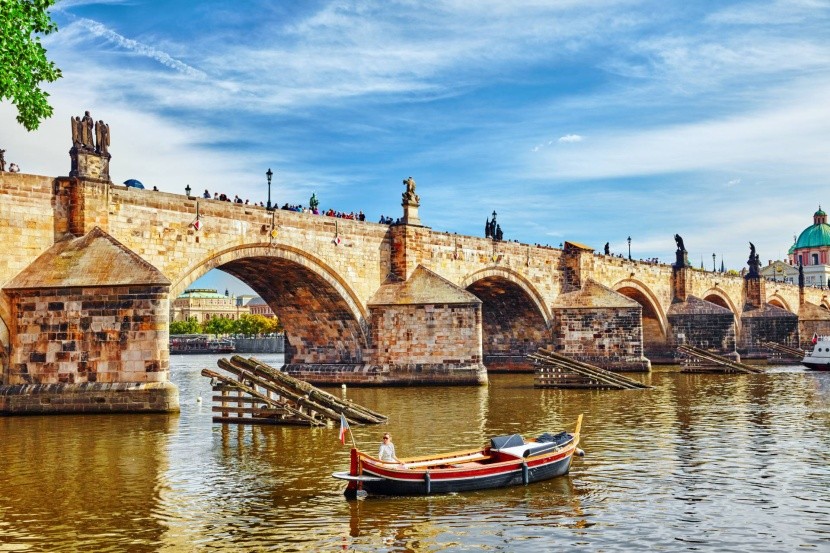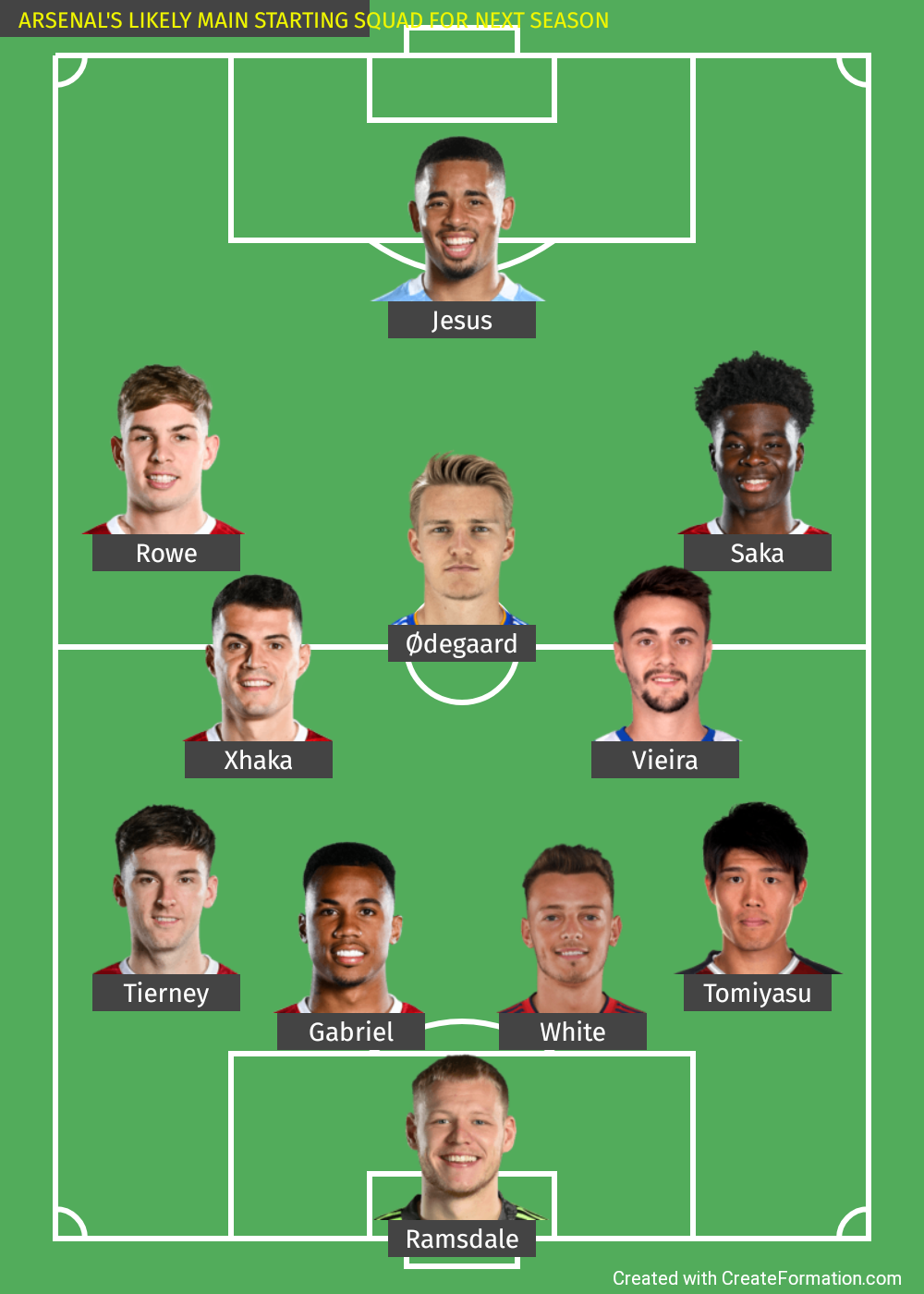
The Unseen Ballet: A Deep Dive into the Behind-the-Scenes Marvel of UCL 2025
The UEFA Champions League Final. The very phrase conjures images of gladiatorial contests, electrifying atmospheres, and moments of pure sporting magic. For 90 minutes, the world holds its breath, captivated by the drama unfolding on the hallowed turf. Yet, what the billions of viewers rarely see, and what the thousands in the stadium often take for granted, is the colossal, intricate, and meticulously orchestrated "unseen ballet" that makes this spectacle possible. The Champions League Final of 2025, a pinnacle of global sport, will be the culmination of years of planning, countless hours of labor, and the seamless integration of technology, logistics, and human dedication – a true marvel of event management.
This isn’t merely a football match; it’s a transient city built from scratch, a global broadcast network spun into existence, and a security operation akin to a major summit. To truly appreciate the grandeur of the UCL 2025 Final, one must venture beyond the floodlights and delve into the labyrinthine world behind the scenes.
I. The Blueprint: Years in the Making
The journey to the UCL 2025 Final began long before any ball was kicked in the 2024/25 season. It started with a rigorous bidding process, where potential host cities and stadiums presented their credentials to UEFA. This involves comprehensive proposals detailing infrastructure, transport links, accommodation capacity, security plans, and even legacy projects. For the chosen venue of 2025, this meant an initial commitment years in advance, followed by a multi-year collaborative planning phase.
UEFA’s dedicated Events and Competitions division, in conjunction with the local organizing committee (LOC) – typically a partnership between the host stadium, city authorities, and national football association – initiates the grand blueprint. This involves:
- Venue Assessment & Upgrades: Ensuring the stadium meets UEFA’s stringent requirements for pitch quality, dressing rooms, media facilities, VIP hospitality, and fan amenities. This often necessitates significant renovations, from enhancing connectivity for broadcast to expanding concourse areas.
- Logistics & Infrastructure Mapping: Planning for the influx of tens of thousands of fans, two competing teams, VIPs, media, and hundreds of tons of equipment. This includes mapping out transport routes, parking solutions, public transport enhancements, and even temporary pedestrian zones.
- Budgeting & Resource Allocation: A multi-million Euro operation demands meticulous financial planning. Every aspect, from security personnel to temporary power generators, must be accounted for and budgeted years in advance.
- Legal & Regulatory Frameworks: Navigating international and local laws, securing necessary permits, and establishing comprehensive agreements with all stakeholders, including local police, emergency services, and commercial partners.
This initial phase is about laying the foundational bricks, transforming a conceptual dream into a tangible project with thousands of moving parts.
II. The Operational Command Centre: Orchestrating the Chaos
As the final date draws nearer, the planning intensifies. The operational command centre, often a secure, high-tech hub within or near the stadium, becomes the nerve centre of the entire operation. Here, representatives from UEFA, the LOC, local police, fire services, medical teams, transport authorities, and security agencies converge.
Their mission is to ensure seamless coordination across all departments. Daily briefings, often commencing weeks out, evolve into hourly updates in the final days. Every potential scenario, from a sudden downpour to a security alert, is meticulously planned for. This is where the strategic vision transforms into tactical execution:
- Security Protocols: Developing and refining multi-layered security plans, involving thousands of personnel, advanced surveillance systems, and access control measures. This extends beyond the stadium perimeter to fan zones and key transport hubs.
- Accreditation Management: Issuing thousands of passes to players, officials, media, staff, and volunteers. Each pass is linked to specific access rights, managed by sophisticated software to ensure only authorized personnel are in designated areas.
- Logistics & Deliveries: Coordinating the delivery of everything from team equipment and catering supplies to merchandise and ceremonial elements. This requires precise timing and dedicated routes to avoid congestion and ensure timely arrival.
- IT & Connectivity: Building a robust, high-speed network capable of handling immense data traffic for broadcast, VAR, media operations, and cashless payment systems. Redundancy measures are paramount to prevent any outages.
This is the central nervous system, constantly monitoring, adjusting, and reacting, ensuring that the entire organism functions as a single, cohesive unit.
III. Stadium Transformation: From Venue to Theatre of Dreams
Weeks before the final, the host stadium begins its metamorphosis. What was once just a football ground becomes a bespoke, branded arena ready for its global close-up.
- Pitch Perfection: The hallowed turf, the stage for sporting immortality, undergoes intense preparation. Ground staff work tirelessly to ensure it’s in immaculate condition, considering everything from grass length to hydration levels. Special lighting rigs might be employed to stimulate growth.
- Branding & Signage: Every corner of the stadium is meticulously branded with UEFA Champions League and sponsor logos. This isn’t just aesthetic; it’s a carefully planned commercial and visual identity that reinforces the event’s prestige. This includes giant banners, pitch-side LED boards, and countless directional signs.
- Temporary Structures: Large sections of the stadium concourse, parking lots, and even nearby streets are transformed. Temporary media centres, broadcast compounds, hospitality suites, and fan experience zones are erected, complete with power, internet, and catering facilities.
- Technology Integration: Miles of cables are laid for broadcast cameras, VAR systems, audio equipment, and communication networks. Fibre optic lines connect every critical point, ensuring instantaneous data transfer. The VAR hub, a dedicated, highly secure room, is equipped with multiple screens and direct feeds from every camera angle.
- Dressing Rooms & Player Facilities: The team dressing rooms are upgraded to UEFA standards, often receiving special branding. Warm-up areas, medical facilities, and even dedicated quiet zones for players are set up.
The stadium becomes a living, breathing entity, pulsating with anticipation, meticulously prepared for its star performers.
IV. The Broadcast Behemoth: Capturing Every Angle
For billions around the world, the UCL Final is a televised event. The broadcast operation is arguably the most complex and resource-intensive aspect of the entire production. It’s a colossal undertaking that demands precision, technological prowess, and an army of dedicated professionals.
- Camera Deployment: Dozens of specialized cameras, from the low-angle pitch-side units to the soaring spider cams and rail cams, are meticulously positioned to capture every angle, every emotion, and every detail. Each camera is operated by a highly skilled technician, often working in tandem with a dedicated focus puller.
- VAR Integration: The Video Assistant Referee (VAR) system is a game-changer. A dedicated team of VAR officials operates from an off-site (or sometimes on-site) hub, receiving real-time feeds from all cameras. Their decisions are relayed instantly to the on-pitch referee, ensuring fairness and accuracy, adding another layer of technological complexity.
- Audio Engineering: Beyond the crowd roar, capturing the sounds of the game – the thud of the ball, the referee’s whistle, the players’ shouts – requires a sophisticated network of microphones strategically placed around the pitch and stadium.
- Graphics & Commentary: Dynamic on-screen graphics, real-time statistics, and multilingual commentary tracks are seamlessly integrated, enriching the viewer’s experience. Hundreds of commentators, pundits, and reporters from global broadcasters descend upon the media centre, each with their own technical requirements.
- Global Distribution: The final feed is transmitted via satellite and fibre optic networks to broadcasters in virtually every country, often with multiple language options. This global distribution network is a feat of engineering, ensuring a lag-free, high-definition experience for everyone.
The Champions League broadcast is not just about showing the game; it’s about creating a cinematic experience, a compelling narrative that transcends language barriers and cultural divides.
V. Security and Safety: The Unseen Guardians
In an era of heightened global awareness, security and safety are paramount. The UCL Final’s security operation is a multi-agency, multi-layered approach, often planned in close collaboration with national counter-terrorism units.
- Perimeter Control: Multiple security cordons are established around the stadium, with stringent access control points. Bag searches, body scanners, and identity checks are standard procedure.
- Crowd Management: Thousands of stewards, police officers, and security personnel are strategically deployed to manage crowd flow, prevent bottlenecks, and respond to any incidents. Fan segregation and designated entry/exit points are crucial.
- Emergency Services: Fully equipped medical teams, paramedics, and fire services are on standby within and around the stadium. Detailed evacuation plans and crisis response protocols are rehearsed rigorously.
- Cybersecurity: With so much data, technology, and financial transactions involved, cybersecurity becomes a critical component. Protecting against potential cyber-attacks on ticketing systems, broadcast networks, or operational communications is an ongoing priority.
- Intelligence Gathering: Proactive intelligence gathering and risk assessment are continuous processes, allowing security forces to adapt to any emerging threats.
These unseen guardians work tirelessly, creating an invisible shield that allows fans to enjoy the spectacle with peace of mind.
VI. Fan Experience: Beyond the 90 Minutes
While the match is the main event, the UCL Final is also an immersive experience for those lucky enough to be there. The "fan journey" begins long before kick-off.
- Fan Zones & Activations: Dedicated fan zones in the host city offer entertainment, sponsor activations, food and drink, and giant screens to build atmosphere. These are carefully managed to ensure safety and enjoyment.
- Ticketing & Access: A sophisticated ticketing system ensures secure distribution and prevents counterfeiting. On match day, efficient turnstile operations and clear signage are vital to manage the rapid ingress of tens of thousands.
- Volunteer Army: Thousands of local volunteers, identifiable by their distinctive uniforms, are the friendly faces providing assistance, directions, and information to fans. They are extensively trained in customer service and emergency procedures.
- Pre-Match Ceremony: The iconic opening ceremony, often featuring a world-renowned musical artist, is a complex production involving elaborate staging, choreography, lighting, and pyrotechnics, all executed within a tight window before kick-off.
Every element is designed to enhance the sense of occasion, transforming a football match into a truly unforgettable festival of sport.
VII. The Unsung Heroes: Diverse Teams at Work
Beyond the visible players, coaches, and officials, a vast ecosystem of professionals works behind the scenes, their contributions often overlooked but absolutely indispensable.
- Catering & Hospitality: Feeding tens of thousands of fans, VIPs, media, and staff across multiple locations is a monumental task, requiring meticulous planning for logistics, food safety, and waste management.
- Cleaning & Waste Management: Maintaining cleanliness in a stadium packed with over 70,000 people, before, during, and after the event, is a continuous effort, involving large teams and specialized equipment.
- IT Support: From resolving network issues in the media centre to ensuring VAR systems are flawless, the IT teams are the silent problem-solvers, keeping the technological heart of the event beating.
- Media Relations & Communications: Managing thousands of journalists, photographers, and broadcasters, coordinating interviews, and disseminating information falls to dedicated media teams.
- Player Liaison & Team Services: Ensuring the smooth arrival, accommodation, and logistical needs of the competing teams and their entourages are met with precision and discretion.
- Referee & Official Support: Providing dedicated support, training facilities, and secure accommodations for the match officials, who are under immense pressure.
These are the quiet professionals, the cogs in the colossal machine, whose dedication ensures the smooth running of every minute detail.
VIII. Challenges and Contingencies: The Art of Adaptation
Despite meticulous planning, the Champions League Final is a live event, susceptible to the unforeseen. The true mark of a world-class operation is its ability to adapt.
- Weather: A sudden downpour, strong winds, or extreme heat can impact everything from pitch conditions to fan comfort and even broadcast quality. Contingency plans for adverse weather are always in place.
- Technical Glitches: Despite redundancy, technical issues can arise – a power surge, a network hiccup, a camera malfunction. Rapid response teams are on standby to troubleshoot and resolve issues immediately.
- Unexpected Incidents: From medical emergencies in the crowd to minor security breaches, the operational command centre must be ready to react swiftly and decisively, coordinating multiple agencies.
- Tight Deadlines: The transition from pre-match ceremony to kick-off, or from full-time to trophy presentation, happens in incredibly tight windows, demanding precise execution.
The ability to anticipate, mitigate, and react to these challenges is a testament to the experience and resilience of the organizing teams.
IX. The Aftermath: Deconstruction and Legacy
Once the final whistle blows, the confetti falls, and the trophy is lifted, the work is far from over.
- Deconstruction: The rapid dismantling of temporary structures, removal of branding, and packing up of equipment begins almost immediately. It’s a reverse ballet, executed with the same precision as the setup.
- Clean-up: The stadium and surrounding areas undergo an intensive clean-up operation, restoring them to their original state.
- Post-Event Analysis: Comprehensive reports are compiled, evaluating every aspect of the event – from fan flow and security effectiveness to broadcast metrics and financial performance. Lessons learned are meticulously documented for future finals.
- Legacy: For the host city, the UCL Final often leaves a lasting legacy – upgraded infrastructure, enhanced international reputation, a boost in tourism, and invaluable experience for local event management professionals.
Conclusion
The UEFA Champions League Final is more than just a football match; it is a monumental undertaking, a testament to human ingenuity, coordination, and unwavering dedication. From the initial bids years in advance to the final clean-up, thousands of individuals work tirelessly behind the scenes, their efforts culminating in a flawless spectacle for billions. The UCL 2025 Final will be a complex tapestry woven from threads of technology, logistics, security, and passion. So, when the roar of the crowd erupts and the teams walk out onto the pitch, remember the unseen ballet – the intricate dance of countless professionals who made the magic possible. Their work ensures that the UEFA Champions League truly remains the pinnacle of European club football, a beacon of sporting excellence that continues to captivate the world.



